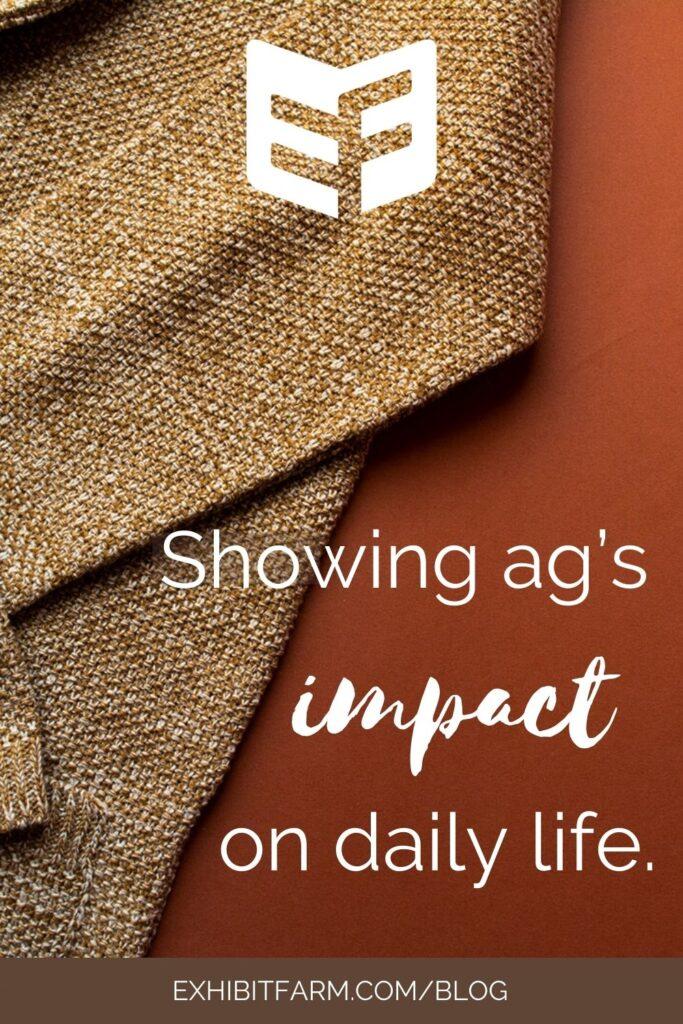
We spend all day, every day working with checkoffs, fairs, farm bureaus, and other groups trying to help people understand agriculture. So we don’t need convincing that consumers should learn about farming. But many consumers do.
Sometimes, consumers simply don’t think farming relates to their day-to-day lives very much. Since most Americans aren’t involved in agriculture, people can think being familiar with farming only matters for the people who work in agriculture.
But, of course, a subject can be relevant without being relevant to your job. After all, everyone needs to eat. That means everyone needs to decide what they’re going to eat. When consumers learn about farming, they can make better choices about food safety and the environmental impact(s) of different foods.
Moreover, dozens of public policy issues relate to agriculture. Whether it’s tariffs, biotech regulations, or farm bills, a politician’s understanding of agriculture will guide how he or she votes. And citizens should be able to form reasonable opinions about those issues so they can elect representatives they agree with.
Ways to Connect with Consumers
But we’re preaching to the choir here. You already know that agricultural literacy is important. So how do you persuade consumers that they should learn about farming too?
Well, a good place to start is showing people exactly how agriculture is relevant to them. Show them the ways agriculture already impacts daily life.
Food is an easy entry point here. Like we said, everyone needs to eat. So one strategy would be finding a way to connect with shoppers at your local grocery store or farmers market. With food on the mind and lots of choices staring them in the face, people might appreciate some facts from the folks who produce this bounty.
For example, the Genesee County Farm Bureau (GCFB) rents a regular stall at a farmers market. They hired us to build a display featuring a fun photo op, facts about GMOs, and even a message box where people can leave questions for farmers. And with a display, GCFB doesn’t even have to have a person at their stall to share info.
But connecting with shoppers doesn’t have to be that elaborate, either. CommonGround, a national ag literacy organization, simply had some members hang out in a grocery store to answer people’s questions.

Surprising Connections Between Daily Life and Agriculture
What about places besides grocery stores and farmers markets? There, you might start with surprising facts about products sourced from the ag industry. When most people think of agriculture, after all, they only think about food. They might not know about the fuel, fiber, and forestry side of things.
Is it getting towards the holidays? Point out that Christmas trees grow on farms. See somebody wearing a down-filled jacket? Ask if they knew that down is actually a kind of feather, sourced from ducks or geese.
Another farm bureau we’ve worked with ordered a special display just for this kind of outreach. It challenges consumers to match everyday products (like a wool sweater) to the plant or animal they come from (namely a sheep, in that case). It’s a clever way to show people how agriculture relates to things they already use.
To sum up: there are plenty of connections between consumers and agriculture. People don’t always recognize them, but they’re there. Your job, then, is to show people how agriculture impacts their daily life. And once you do that, they’ll probably realize they should learn about agriculture after all.
